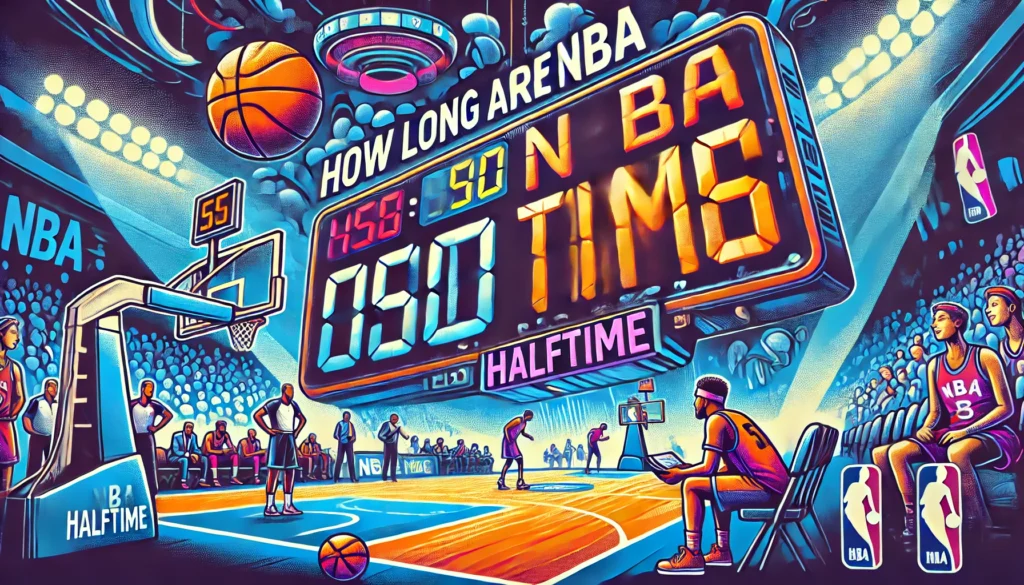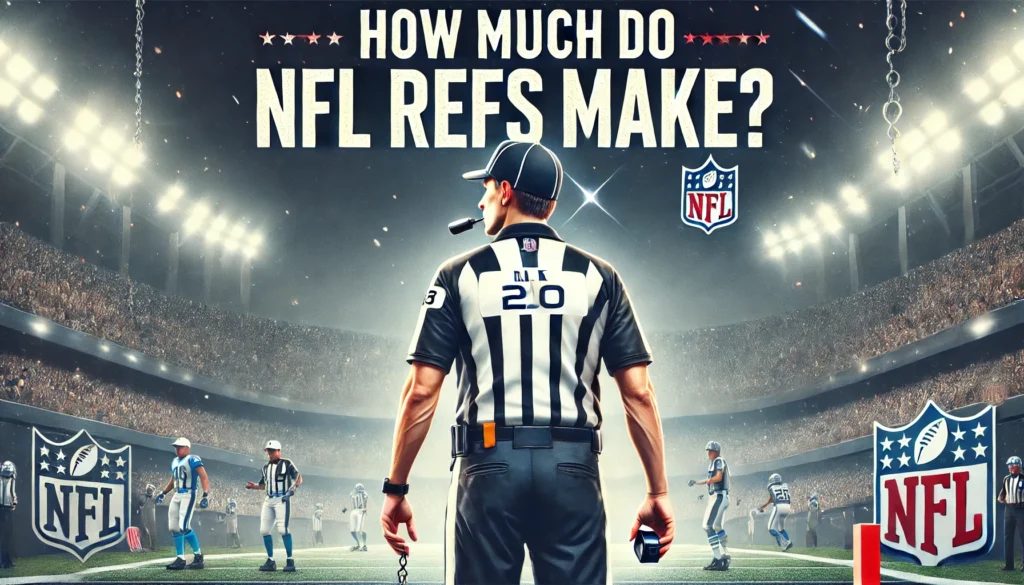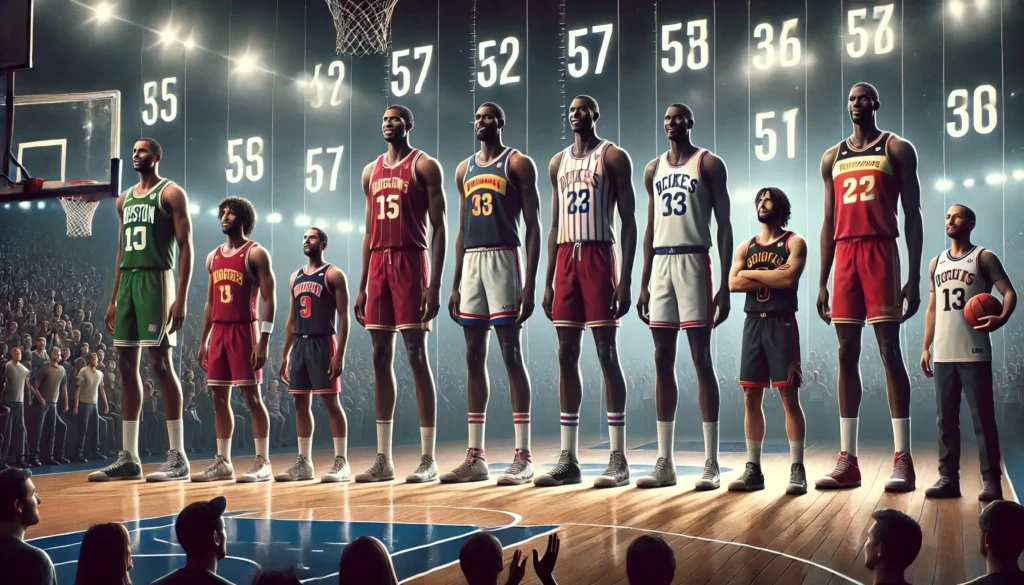MVR in baseball stands for “Most Valuable Runner” and is a metric used to evaluate a player’s baserunning performance. MVR, or Most Valuable Runner, is a recently developed metric in baseball analytics that quantifies the value of a baserunner’s contributions to their team’s success. This statistic measures the extent to which a runner’s actions on the basepaths, such as stolen bases, taking extra bases on hits, and scoring from second base on a single, contribute to their team’s ability to score runs and win games. MVR provides a more comprehensive evaluation of a player’s overall impact on the game, going beyond traditional statistics like batting average and home runs.
In recent years, MVR has gained popularity as teams and analysts have sought to gain a deeper understanding of player performance. By considering not only a player’s hitting and fielding abilities but also their baserunning skills, MVR offers a more nuanced view of their contributions to their team’s success. This information enables teams to make more informed decisions regarding player acquisitions, lineup construction, and in-game strategy, ultimately providing a competitive edge in an increasingly data-driven sport.
Key Takeaways
- MVR takes into account a player’s ability to advance on the bases and create scoring opportunities for their team.
- MVR is calculated using various baserunning statistics such as stolen bases, extra bases taken, and runs scored.
- Unlike other performance metrics, MVR focuses specifically on a player’s baserunning skills and their impact on the game.
- MVR can influence team strategy and player contracts, as teams may prioritize players with high MVR in their lineup and negotiations.
The Importance of MVR in Evaluating Player Performance
Quantifying Baserunning Value
By assigning a numerical value to a player’s baserunning, MVR enables teams to gain a deeper understanding of a player’s overall contributions to their team’s success. This metric can also help teams identify undervalued players who may not excel in traditional statistics but make significant contributions on the basepaths. For instance, a player with a high MVR may not have the highest batting average or home run total, but their ability to take extra bases and score from second on a single can make them an extremely valuable asset to their team.
Informing Team Decisions
By recognizing the value of baserunning contributions, teams can make more informed decisions about player acquisitions and lineup construction. This, in turn, can lead to improved on-field performance. MVR provides a more complete picture of a player’s abilities, allowing teams to make data-driven decisions that can give them a competitive edge.
Enhancing Team Success
Ultimately, the use of MVR can have a significant impact on a team’s success. By acknowledging the importance of baserunning and quantifying its value, teams can optimize their roster and in-game strategy to achieve better results.
How MVR is Calculated and Used in Baseball Statistics
MVR is calculated using a combination of traditional statistics and advanced metrics. It takes into account factors such as stolen bases, extra bases taken on hits, and runs scored from second base on a single. These factors are then weighted based on their impact on a team’s ability to score runs and win games.
The result is a single number that quantifies the overall value of a player’s baserunning contributions. Once calculated, MVR can be used in a variety of ways to evaluate player performance. Teams can use MVR to identify players who excel on the basepaths and make significant contributions to their team’s success.
This can help teams make more informed decisions about player acquisitions and lineup construction. Additionally, MVR can be used to compare players across different teams and eras, providing valuable insights into the historical context of player performance.
MVR sets itself apart from other performance metrics by focusing specifically on a player’s baserunning abilities. While traditional statistics like batting average and home runs provide valuable insights into a player’s hitting prowess, they do not capture the full extent of a player’s contributions to his team’s success. MVR recognizes that baserunning can have a significant impact on a team’s ability to score runs and win games, and seeks to quantify the value of these contributions.
Furthermore, MVR takes into account factors that are often overlooked in traditional statistics, such as taking extra bases on hits and scoring from second base on a single. By recognizing the value of these contributions, MVR provides a more comprehensive view of a player’s overall impact on the game. This sets it apart from other performance metrics and makes it an important tool for teams looking to gain a competitive edge in an increasingly data-driven sport.
The Impact of MVR on Team Strategy and Player Contracts
| Term | Meaning |
|---|---|
| MVR | Most Valuable Runner |
| Definition | A statistic that measures the overall value of a baserunner’s contributions on the basepaths, including stolen bases, taking extra bases, and avoiding double plays. |
| Calculation | MVR = (SB + XB + RDP) / (1 – (H + BB – CS – GDP)) |
| Usage | MVR is used to evaluate a player’s baserunning performance and contribution to the team’s offense. |
MVR has had a significant impact on team strategy and player contracts in recent years. By recognizing the value of baserunning contributions, teams have been able to make more informed decisions about player acquisitions and lineup construction. For example, a player with a high MVR may not have the highest batting average or home run total, but his ability to take extra bases and score from second on a single can make him an extremely valuable asset to his team.
By recognizing the value of these contributions, teams can make more informed decisions about player acquisitions and lineup construction. Additionally, MVR has influenced player contracts by highlighting the value of baserunning contributions. Players who excel on the basepaths are now being recognized for their contributions and are being compensated accordingly.
This has led to a shift in the way that players are valued and compensated, with teams placing greater emphasis on baserunning abilities when evaluating player performance.
Common Misconceptions About MVR in Baseball
Despite its growing importance in the world of baseball analytics, there are still some common misconceptions about MVR. One of the most prevalent misconceptions is that MVR only measures stolen bases, when in fact it takes into account a wide range of baserunning contributions. Factors such as taking extra bases on hits and scoring from second base on a single are also included in the calculation of MVR, providing a more comprehensive view of a player’s baserunning abilities.
Another common misconception is that MVR is only relevant for speedsters who excel at stealing bases. While speed certainly plays a role in baserunning success, MVR recognizes that there are many ways for players to contribute on the basepaths. Players who may not be the fastest runners can still make significant contributions by taking extra bases and scoring from second on a single.
By recognizing the value of these contributions, MVR provides a more complete picture of a player’s baserunning abilities.
The Future of MVR and its Role in the Evolution of Baseball Analytics
The future of MVR looks bright as it continues to play an important role in the evolution of baseball analytics. As teams and analysts seek to better understand the nuances of player performance, MVR provides a valuable tool for evaluating a player’s overall impact on the game beyond traditional statistics like batting average or home runs. By recognizing the value of baserunning contributions, teams can make more informed decisions about player acquisitions, lineup construction, and in-game strategy.
Furthermore, as technology continues to advance, there is potential for even more sophisticated methods of measuring baserunning contributions. This could lead to further refinements in the calculation of MVR and provide even more valuable insights into player performance. As such, MVR is likely to continue playing an important role in the evolution of baseball analytics for years to come.
In conclusion, MVR is an important metric in the world of baseball analytics that seeks to quantify the value of a baserunner’s contributions to his team’s success. By recognizing the value of baserunning contributions, teams can make more informed decisions about player acquisitions, lineup construction, and in-game strategy. Furthermore, as technology continues to advance, there is potential for even more sophisticated methods of measuring baserunning contributions.
This could lead to further refinements in the calculation of MVR and provide even more valuable insights into player performance. As such, MVR is likely to continue playing an important role in the evolution of baseball analytics for years to come.
FAQs
What is MVR in baseball?
MVR stands for “Most Valuable Runner” in baseball. It is a statistic used to measure the overall baserunning value of a player.
How is MVR calculated in baseball?
MVR is calculated by taking into account a player’s baserunning skills, including stolen bases, extra bases taken, and avoiding double plays. It is a comprehensive measure of a player’s impact on the basepaths.
What does a high MVR indicate in baseball?
A high MVR indicates that a player is highly effective on the basepaths, contributing to their team’s offensive success by creating scoring opportunities and putting pressure on the opposing defense.
Is MVR a commonly used statistic in baseball?
MVR is not as widely used as traditional statistics like batting average or home runs, but it is gaining recognition as a valuable metric for evaluating a player’s baserunning contributions.
How can MVR impact a player’s value in baseball?
A high MVR can enhance a player’s overall value by showcasing their ability to impact the game beyond hitting and fielding. Teams may value players with a high MVR for their ability to create scoring opportunities and put pressure on the opposing team.












